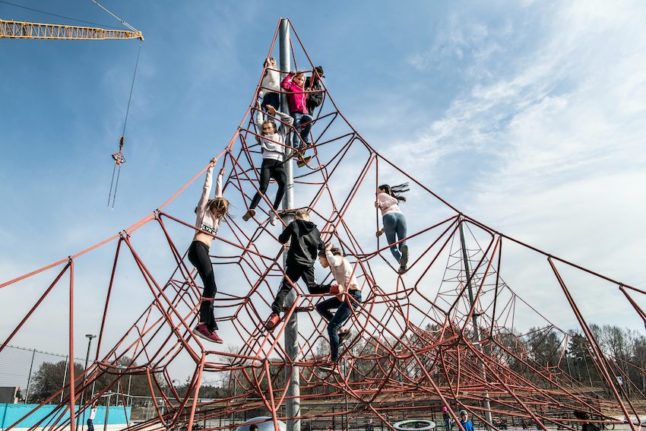Mastering the three R’s is a struggle in Berlin and Brandenburg, according to “Education Monitor 2016”, an investigation carried out by the Cologne Institute for Economic Research for the think tank New Social Market Economy Foundation.
The survey determined which state has the best education system and where there is the greatest need for change.
Saxony, Thuringia, Bavaria, Baden-Württemberg and Hamburg’s education systems came out on top, whereas Brandenburg was placed second-last and Berlin trailed behind in the bottom spot.
High dropout rates, poor test scores and inadequate help with integration were signposted as the main issues in the two states.
In Berlin in 2014, students did badly on comparative tests, 39.7% did not complete their vocational training compared to the national average of 27.7%, and the dropout rate in schools was 8.1% compared to the national average of 5.5%, the study demonstrated.
In addition, the fact that too few students took technical or scientific qualifications came under fire from authors of the survey.
The biggest problem is that immigrants are not given adequate help with getting integrated into the education system, the report argued.
The report pointed out that 635 out of 3,815 non-German citizens who left school in Berlin in 2014 did so without completing their qualifications in 2014. At 16.6 percent that is above the national average of 11.9 percent.
To rectify this issue, Berlin and Brandenburg must be prepared to pay out a collective €280 million next year, as well as providing additional teachers and experts in training preparation, the study suggested.
But it's not all bad news for the capital and the surrounding state.
Brandenburg has a “wide range of full-day places at nurseries and schools” and very few unqualified employees of nurseries.
Berlin was praised for its support of young researchers, ranking second-top out of all the German states in this area.



 Please whitelist us to continue reading.
Please whitelist us to continue reading.
Member comments